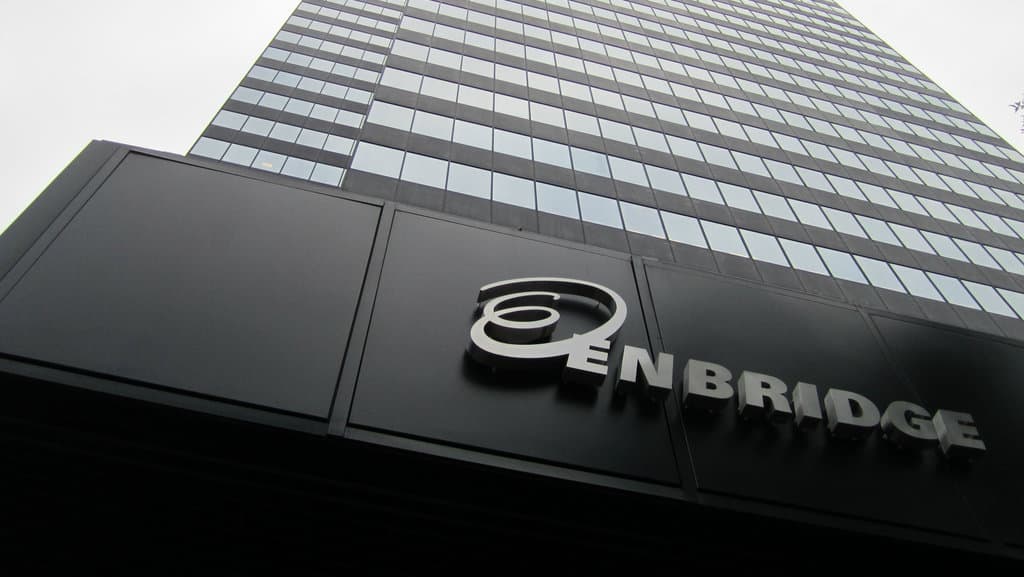Pipeline giant Enbridge (TSX:ENB)(NYSE:ENB) remains unpopular with investors, even after posting some credible second-quarter 2018 results, which indicate that the company is regaining its footing. The extent of the negative view can be seen with it being the fourth most-shorted stock on the Toronto Stock Exchange (TSX).
The reasons for this are simple: the considerable amount of debt taken on by Enbridge when it bought Spectra Energy leaves it extremely vulnerable to the impact of higher interest rates, particularly in an environment where rates are expected to rise further. Then there was the slew of poor results announced by Enbridge, where operating profit and net income declined sharply.
As a result of the poor perception of Enbridge, its stock has remained weak, plummeting by 8% since the start of 2018, despite the benchmark North American oil price West Texas Intermediate (WTI) gaining 16%. This has created an opportunity for contrarian investors seeking to bolster their exposure to crude while boosting the income generated by their portfolio.
Now what?
Enbridge’s second-quarter results were strong, as illustrated by net income rising by a healthy 17% year over year to just over $1 billion. This is even after accounting for the impact of losses from hedging and other risk-management contracts as well as tax adjustments. Those solid results can be attributed to record quarterly throughput on Enbridge’s Liquids Mainline System, new assets coming into service, and the realization of synergies from the infrastructure acquired through the Spectra deal.
Enbridge is also focused on deleveraging its balance sheet, entering agreements to sell $7.5 billion of non-core assets, which is more than double the $3 million target established at the start of 2018.
Importantly, the company’s $22 billion capital program remains on track. During the first half of 2018, Enbridge brought $1.6 billion of commercially secured projects into service, and there is a remaining $7 billion to be completed over the remainder of 2018. Because of existing pipeline constraints, which essentially are the core reason for the deep discount applied to Canadian heavy crude, there is a ready-made market for the additional transportation capacity Enbridge is bringing online.
Demand for the utilization of Enbridge’s pipeline, storage, and hydrocarbon processing infrastructure will continue to grow at a decent clip.
This is in part because of higher oil, which has triggered a flurry of activity in the energy patch as upstream oil producers move quickly to boost output to take advantage of higher prices. Then there is the push to expand oil sands production, as integrated energy majors like Suncor move to maximize the value they can extract from their assets before the oil sands become uneconomical to operate.
The company is also in the process of reorganizing its capital structure with a view to rolling up all of its separately listed vehicles into Enbridge. A simplified capital structure will deliver a range of benefits, including reduced expenses, an improved credit profile, and enhanced liquidity.
So what?
Enbridge has an impressive history of dividend payments, including having hiked its dividend for the last 22 years, giving it a yield of 5.6%. There is every likelihood that it will raise its dividend yet again so as to maintain that enticing yield, even as its stock appreciates in value. The stock’s inability to keep pace with crude has provided investors with an opportunity to acquire a company with a solid portfolio of high-quality assets, which provides critical infrastructure and services to the energy patch. If they invest now, they can lock in sustainable and tasty yield of almost 6%.
 2-for1 Sale
2-for1 Sale








